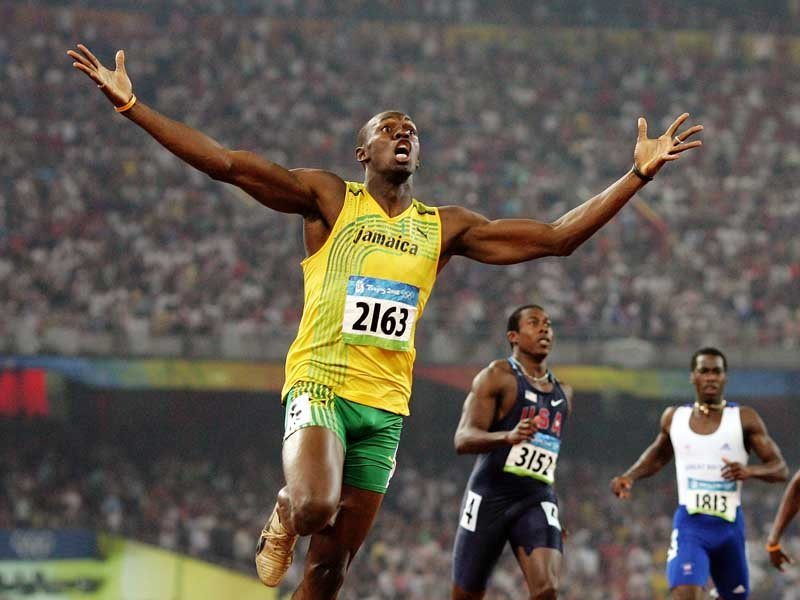What do babies and runners have in common? They both wear bibs! More likely the only other time in your life after infancy when you may need to wear a bib is when you compete in an athletic competition, such as running races.
Personally, in the 10 years I’ve been running competitively, not much has changed about the bib. It’s still just a big ‘ol number printed in the middle of reinforced paper with the option of writing down emergency info on the back (just in case). Worst of all, it STILL makes little holes in my clothing when I safety pin the bib on and rustles like crazy if you don’t pin it on just right. Did anyone ever stop and wonder what the point of wearing one of these things was, or why technology hasn’t been able to modernize it? After all, look at all the progress they’ve made with timing chips–today they’re lightweight AND disposable!
I had an experience recently that gave me a BIG reason to properly wear my bib, but first, let’s go through some other reasons that I found on a Runners World forum. First, safety. On the back of the bib is the option to write down your emergency contact info, which is wise. Think about it: do you typically run with your wallet? If you get mortally injured while running, you’re hard to identify without your bib. On the flip side, I can’t think of a single time when I’ve actually filled that info out. After all, there are other options, such as running ID bracelets and my timing chip, that has my name printed on it. Still, not a bad option for those who’d rather have the info on their bibs.
The second reason aligns with the first: identification. People who run races usually pay at least $50 if not more in registration fees. Part of the benefit is in the complimentary water, snack, and aid stations along the course of the race. Typically, the race is charted on public lands, meaning unregistered runners can feasibly hop in and join the race for free. Moochers! This is bad practice, and one way to help prevent it is to look for those running without bibs, and call those suckers out. The bad? Some registered runners don’t bother wearing bibs, or maybe theirs fell off. Small room for error.
My third reason is one that most runners will probably concur with. Bibs are kind of like medals or race shirts, in that you can collect a bunch and make a huge wall display out of them. Maybe some just crumple them up and recycle them, but I have to admit to being part of that crowd who secretly likes my stash of bibs. Also, you’ll always know where to find spare safety pins.
Finally, my last reason is the one I stand by the most, having had first-hand experience with it. Not long ago, I photographed a race, rather than ran it, and I gained a huge admiration for those camera-wielding guys I used to avoid. Now I’m not a huge fan of getting my photo taken as I’m running a race, but it’s a job that someone has to do. Not only is it challenging to stay positioned and snap as many photos as you can, but there’s the post-processing that is by far the hardest part, and this is where the importance of bibs comes into play.
To my knowledge, there’s not an affordable software out there that identifies runners based on their face alone, so until then, your bib is the only thing that gets you identified in race photos. And guess what? If your bib number isn’t visible in the image, you don’t get identified. So runners, make sure that bib number is front and center on your body, not pinned to your back, or so low on your shorts that your shirt covers it. Race photographers everywhere will thank you.
Suzi Pratt is a Seattle event, food, and travel photographer available for hire. She is also a contributing writer at Digital Photography School and runs a blog teaching others how to start a photography business.









Scarface passed the torch, it’s time for you to have it: http://instant-weekly-profits.info
It’s the Corsa theme 🙂